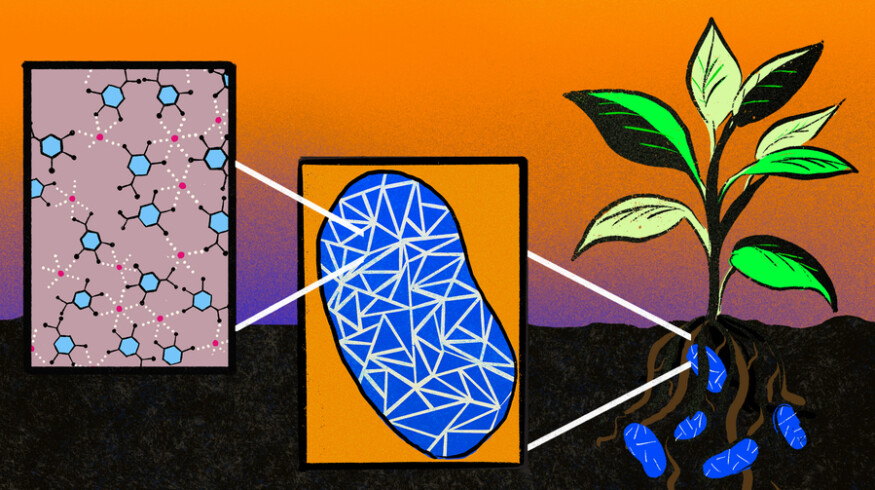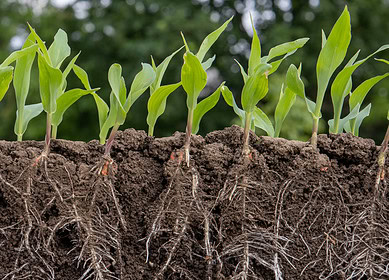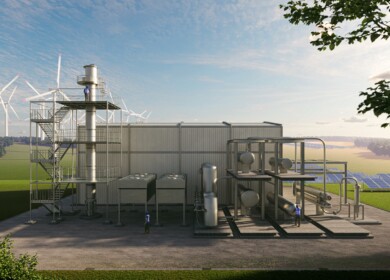Drought-resistant seed coatings, microbial fertilizers and stress-detecting sensors may help adapt to climate change

As the planet warms, agriculture faces the dual challenges of adapting to more frequent droughts and feeding a growing global population without increasing the carbon footprint of fertilizer production. Researchers at MIT are addressing these issues through various innovative approaches, including engineering stress-responsive plants and enhancing seed resilience to adverse conditions.
Benedetto Marelli, an associate professor at MIT and director of the Wild Cards mission of the Climate Project, emphasizes the urgent need for inventive food production methods to sustain a future population of 10 billion. This mission aims to discover unconventional, high-risk, high-reward solutions to pressing global challenges, including agriculture.
Marelli has pioneered a method of seed coating using silk and other polymers that protect seeds during germination, particularly under drought conditions or in nutrient-depleted soils. This technique not only helps seeds retain moisture but also embeds them with growth-promoting bacteria that fix nitrogen and deliver essential nutrients, which are crucial for plant growth in compromised soils.
In collaboration with Mohammed VI Polytechnic University in Morocco, Marelli is adapting these innovations to the local agricultural conditions of Morocco, which has suffered from prolonged droughts. This partnership focuses on using locally sourced biopolymers, which could offer a scalable, environmentally friendly solution well-suited to the region’s needs.
Meanwhile, MIT chemical engineer Ariel Furst is developing microbial alternatives to synthetic fertilizers, which are less harmful to the environment and reduce dependency on the energy-intensive Haber-Bosch process responsible for significant greenhouse gas emissions. Furst’s approach involves encapsulating nitrogen-fixing bacteria in a metal-organic framework that protects them from environmental stresses, thereby making them more viable for long-term storage and transport.
The technology could revolutionize how fertilizers are used, integrating them directly with seed coatings to reduce the need for additional fertilization and thus decrease both cost and carbon emissions. Furst has founded Seia Bio to commercialize these technologies, with ongoing field tests in Brazil.
Another innovative development at MIT involves the use of internal plant sensors to detect stress signals. Led by Michael Strano, researchers have developed sensors based on carbon nanotubes that can be embedded in plants to monitor health indicators in real-time. This technology enables farmers to respond more quickly to stress factors such as drought, pests, or excessive sunlight, potentially preventing crop loss.
Finally, Kripa Varanasi is tackling the inefficiencies in pesticide application. His research has led to the development of technologies that improve how pesticides adhere to plant leaves, significantly reducing runoff into the environment. This not only decreases the amount of chemicals entering ecosystems but also helps farmers reduce costs by optimizing pesticide usage.
Source: MIT News
Enjoyed this story?
Every Monday, our subscribers get their hands on a digest of the most trending agriculture news. You can join them too!















Discussion0 comments